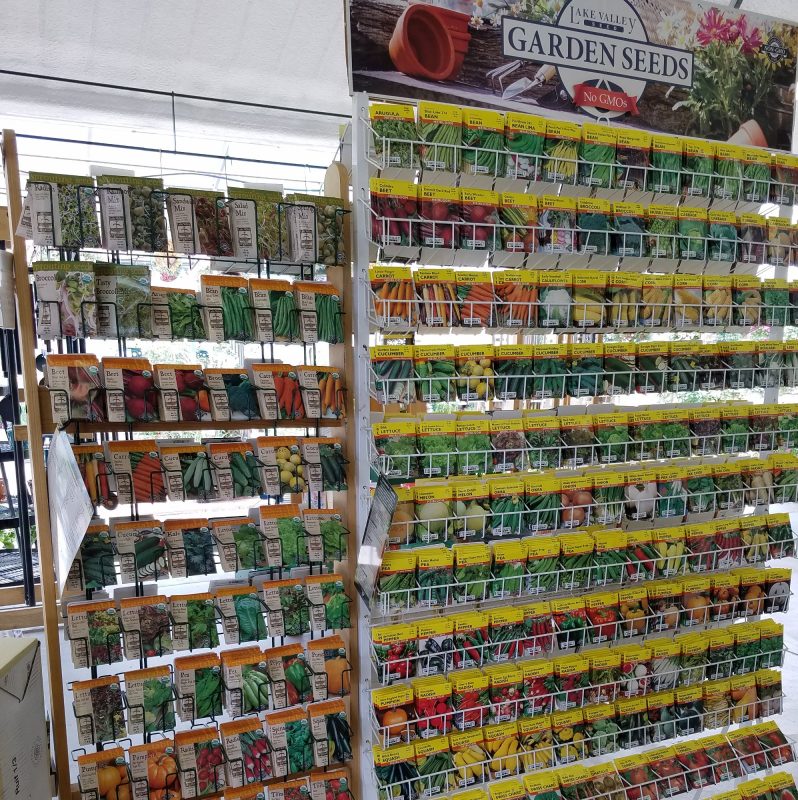With spring right around the corner, it’s time to start thinking about all of the wonderful flowers and flavorful vegetables you will plant this year. Yet in our high desert climate, it can often be a challenge to raise some varieties that require a longer growing season than what we typically have here. Vegetables in particular, often need a little more time than what Mother Nature provides.
The good news is that there are several ways to cheat the season and have a great garden. The easiest way is to purchase your flower and vegetable starts from the garden center once all danger of frost has passed and you are ready to plant. These plants will be acclimated and ready to go directly into your prepared soil.
The other way is to start your own seeds indoors, well ahead of the planting season. This works particularly well for crops that require an extended growing season such as hot peppers.
One of the biggest problems we encounter at the garden center is that people tend to start their seeds too early. Familiarize yourself with your last frost date before you start your seeds indoors. In Cortez, for instance, that date is May 25th. If you start most vegetable and flower seeds now, they will overgrow long before it’s time to put them out. Factoring in the shorter day length right now, it would take about 75 days for a zucchini to mature, for example. That means that if you planted them now they would be ready to pick between Mother’s Day and Memorial Day so if you are planning on planting them outside in your garden for the summer growing season, they would be sadly overgrown by then.
In order to determine the best time to plant your warm crops, find your frost date, and count backwards 2-4 weeks. Depending on where you live, that means that most of these seeds don’t need to be started until early to mid-May, unless you are planning to shift them up a size or two in the interim so that you have a larger plant when it’s time for them to go outdoors. Even then, I wouldn’t start most things much more than six weeks ahead. You’ll be surprised how fast things grow once the days begin to lengthen.
Peppers and tomatoes are the exception. In general, the hotter the pepper, the longer it will take to reach maturity and most varieties should be started indoors in March to early April, again, depending on where you live and when you’ll be transplanting outside.
Another exception are the cold crops. Though you can start them indoors, most of the cold weather crops will do better if started directly outside in the ground. Plant things like lettuce, kale, broccoli, carrots, and others as soon as the ground has thawed in your area and you can work the soil. Because of all of the snow and rain we’ve received, this spring you will need to let the ground dry a little bit so those seeds don’t rot and it will most likely be mid-March to mid-April before you’ll be planting these varieties.
If you are like many of us and are chomping at the bit to get started, take a deep breath. Although it’s a great time to visit the garden center and purchase your seeds while the selection is at its best, do your garden a favor and wait a bit to begin. Even though you may take great delight in cheating Mother Nature, remember the goal for a great garden is to have the right sized transplant ready to go out in the garden at the right time.

